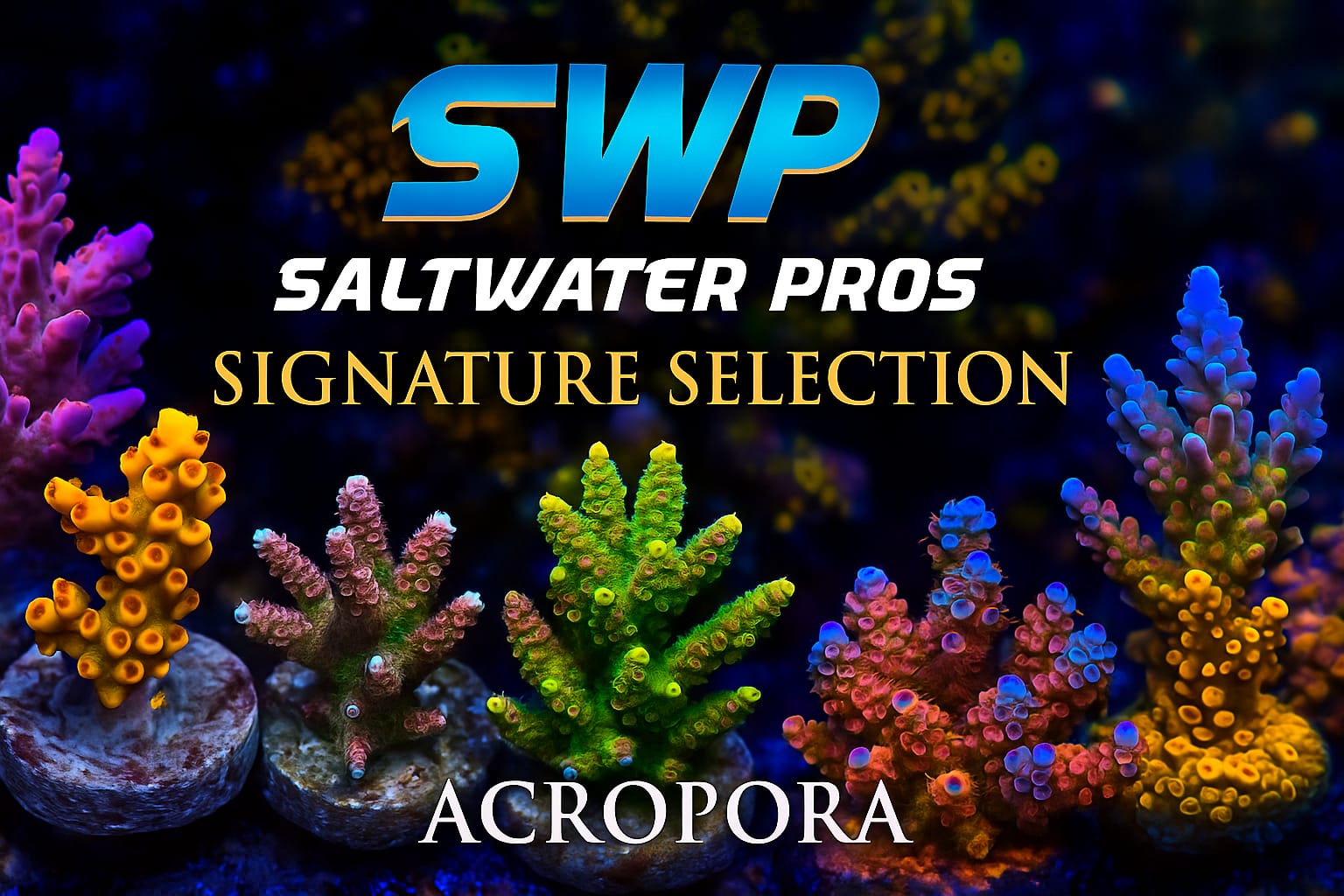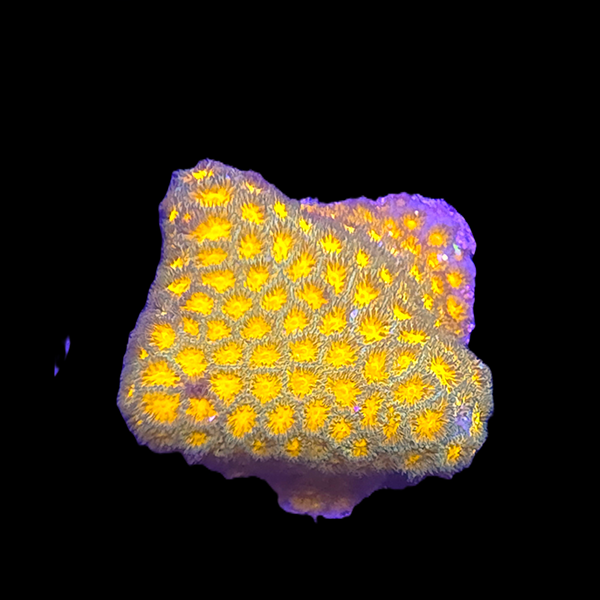Description
Leptastrea is a genus of stony coral, specifically belonging to the family Merulinidae. These corals are known for their small, encrusting or massive growth forms and are commonly found in the Indo-Pacific region, including the Red Sea, the Great Barrier Reef, and various other coral reef systems.
Here are some key features and characteristics of Leptastrea corals:
Appearance: Leptastrea corals have a distinct skeletal structure with prominent ridges and valleys, which gives them a "wrinkled" appearance. The individual corallites (the skeletal cups that house the coral polyps) are usually small and rounded.
Coloration: They come in various colors, including shades of brown, green, and sometimes more vibrant colors like pink, purple, or blue. The specific coloration can vary based on environmental factors and the presence of symbiotic algae (zooxanthellae).
Growth form: Leptastrea corals can exhibit encrusting or massive growth forms. Encrusting forms spread across the substrate and form a thin layer, while massive forms grow into larger, more rounded structures.
Polyps: Like other stony corals, Leptastrea corals have polyps with a central mouth surrounded by tentacles. These polyps capture small planktonic organisms from the water and are interconnected within the shared calcium carbonate skeleton.
Symbiotic relationship: Leptastrea corals have a symbiotic relationship with photosynthetic algae called zooxanthellae. These algae live within the coral tissues and provide nutrients to the coral through photosynthesis. In return, the corals offer protection and access to light for the algae.
Coral Statistics
Care level: Moderate
Temperament:Â Aggressive
Lighting: Moderate
Water flow: Medium
Placement: Bottom
Common Name: Leptastrea
Latin Name: Leptastrea
Family: Faviidae
Size:Â









